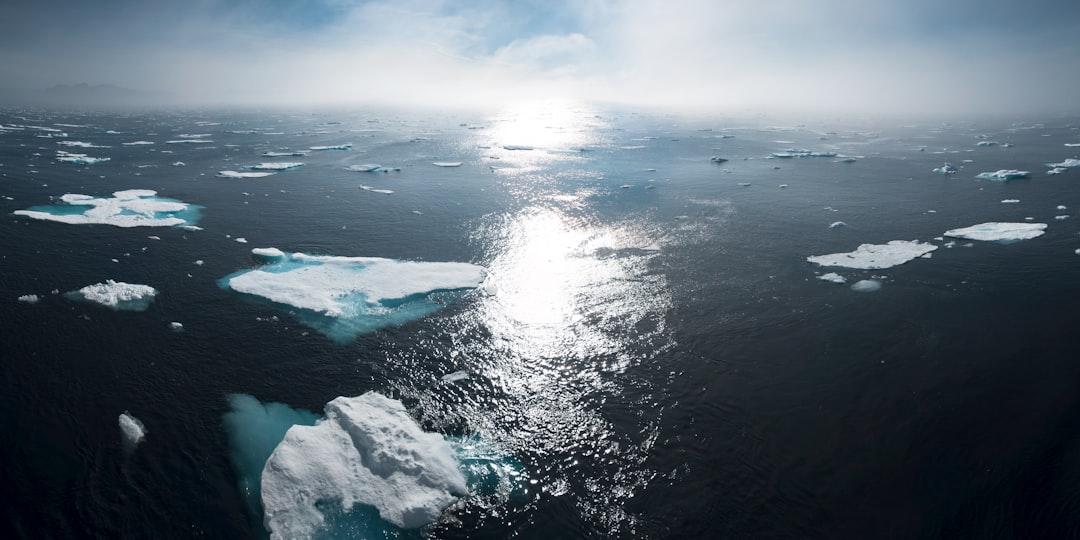What is it about?
It is about the different impacts of black carbon and sulfate aerosols on precipitation (globally and especially tropically) from the angle of energy balance.
Featured Image

Photo by Bernard Hermant on Unsplash
Why is it important?
We focused on the differing impacts of black carbon and sulfate aerosols on precipitation from the angle of their different ways in disturbing global and inter hemispherical energy balance. We found that the separation between rapid adjustment and slow climate response determines the hydrological sensitivities, as well as the ways how to influence the ITCZ position meridionally, for different climate forcing agents.
Perspectives
The paper has been submitted in Sep. 2018, and accepted in Jun. 2019. During that period, it was reviewed twice and improved greatly with the help of three anonymous and remarkable reviewers and a kind editor. I think that during the reviewing process, several places were made clearer for readers, e.g., why with fixed SST, most forcing agents cannot cause the ITCZ to shift, why absorbing forcing agents have smaller or even negative explicit hydrological sensitivities. I hope this paper will be some help for you.
Shuyun Zhao
Department of Atmospheric Sciences, China University of Geosciences
Read the Original
This page is a summary of: Differing Impacts of Black Carbon and Sulfate Aerosols on Global Precipitation and the ITCZ Location via Atmosphere and Ocean Energy Perturbations, Journal of Climate, September 2019, American Meteorological Society,
DOI: 10.1175/jcli-d-18-0616.1.
You can read the full text:
Contributors
The following have contributed to this page










